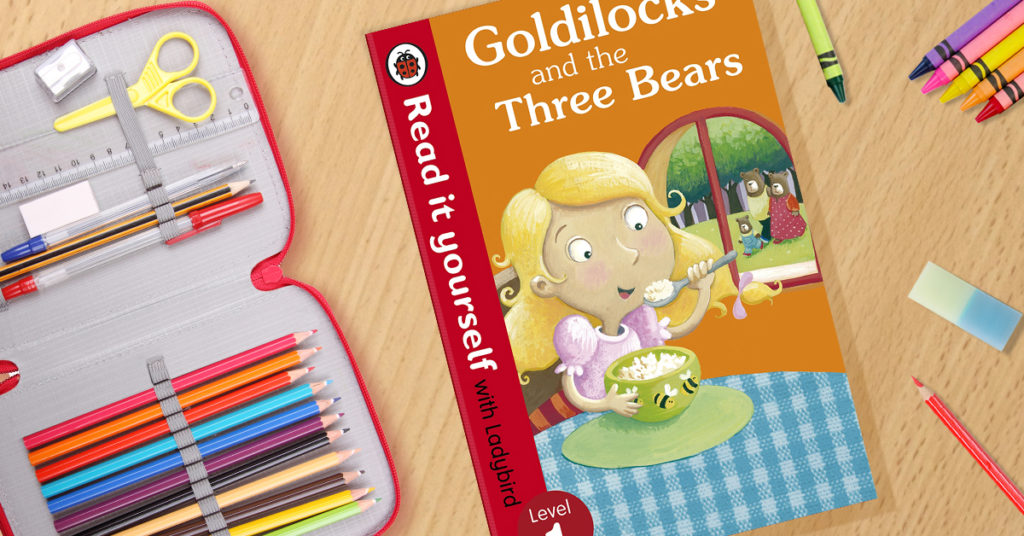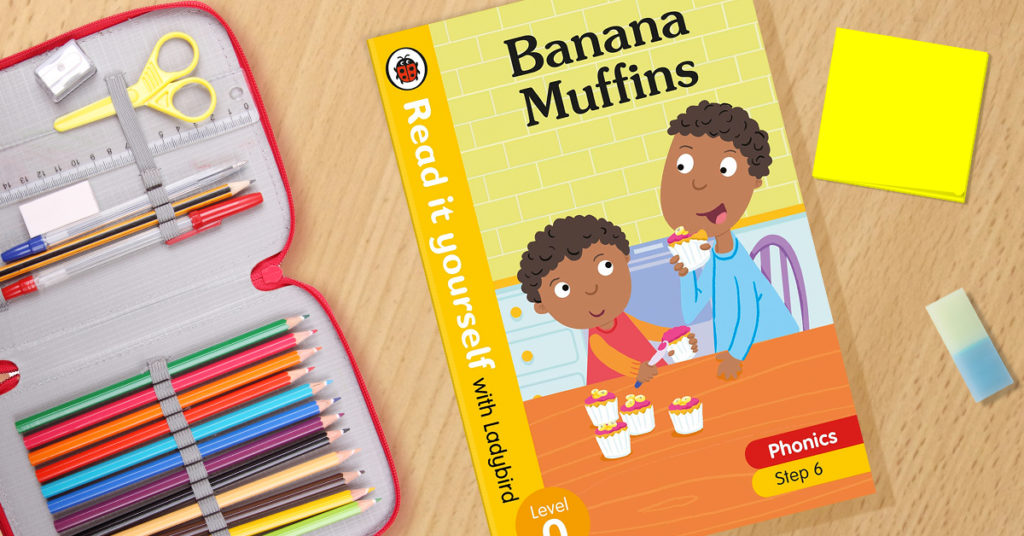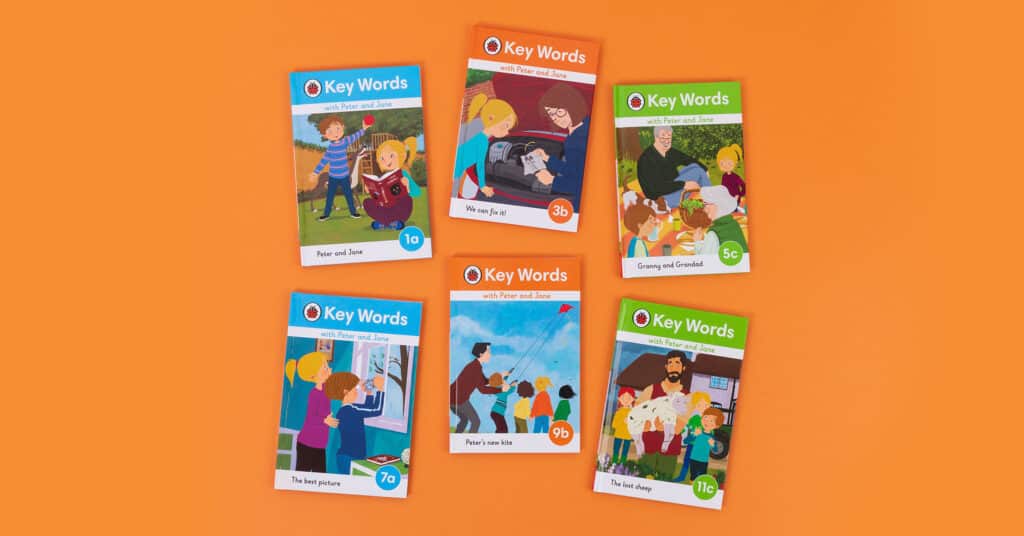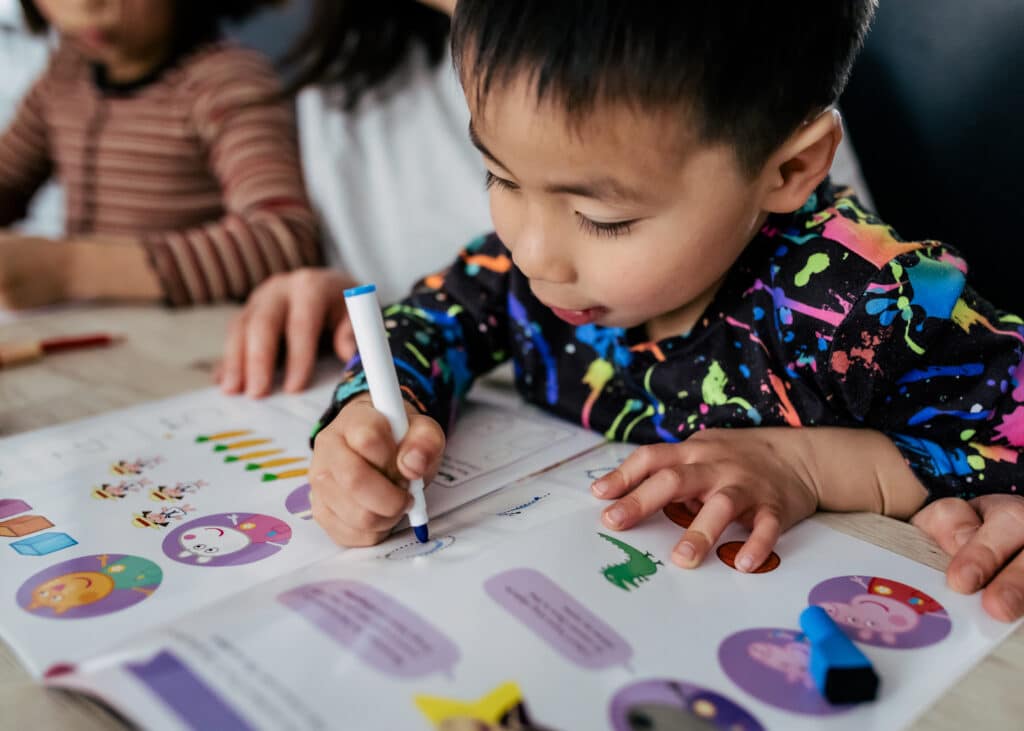How to Begin Reading Aloud with Young Learners
Reading aloud has lots of benefits, especially for children learning to read. Here, educational consultant Dani Mundy suggests some simple ways that you can use this technique at home, whether you are homeschooling or reading for pleasure.

Reading aloud brings a book beyond the page and can take the frustration out of decoding unknown words for lower-level readers. It’s a wonderful way to make the reading process more engaging, especially for reluctant readers. Through storytelling, you can:
- Help build their imagination
- Develop their vocabulary
- Improve comprehension
- Foster a love of reading, books and stories
- Build your relationships together
If you are new to reading aloud, it can be a little daunting. However, once you find your voice, it can be a lot of fun, too! Here are a few ideas to get you started and build your confidence.
The object storytelling game
Step 1. Select a book to read together and look through it beforehand to see how many objects you can find in your home related to the book.
Step 2. Put them into a bag and ask your young learner to pull out one of the objects and talk about it. What is it? What does it look like? Look at all the objects together and see if they can guess the story.

Step 3. Listen to the audio download of the book (if you’re using a Ladybird reader, you can find this on the Ladybird Education website). Whilst listening to the audio, encourage your young learner to pick up the object each time they hear it mentioned in the story.
Step 4. Try reading the book together by following the pictures. Then, try retelling the story using some of the objects.
The echo reading technique
Read a short sentence from the book in a silly voice and then ask your young learner to repeat it. Pull a funny or emotive face and ask your young learner to copy you. This activity will help them understand storytelling is more than just reading words from a page.
Let’s get chatting: question & answer
Once you have read the book together, you can ask questions about the story. These questions should be related to your young learner and their own experiences: Try asking questions that will elicit talking points from them:
Do you like porridge, like Goldilocks and the three bears?
Do you like your porridge hot or cold?
Do you have a big bed or a small bed?
Personalisation and drawing on shared experiences can help with motivation and understanding and can be a powerful tool in the learning process.
Practising phonics together

Phonics are the building blocks of every child’s reading experience and practising the key sounds combinations in stories can help them understand how to build up words. In the Read it Yourself range, Banana Muffins is a lower-level reader from the range with a focus on phonics that can help you work on this together. Listen to the audio of the book and have fun repeating: ch, sh, th and ng.
“Chad has a dish of muffin mix.”
After listening to the audio or reading aloud, take some sentences out of the book to practise the sound combinations.
Drilling is a useful technique in the repetition of key sounds. Say the words, sound, or sentence quickly, slowly, loudly and then whisper it. This is a fun way to repeat sound combinations together. Once they have mastered the sounds, say it quickly like a tongue twister, for added giggles!
Top Tips from Dani:
1. Give young learners a choice and a voice. Allow them to choose the book to read and keep them involved in the reading aloud process.
2. Follow their lead. Watch carefully to see which techniques your young learner finds most engaging. Then focus on using those techniques to shape the reading activities you do.
3. Make reading time a fun time. Think about your body language and facial expression as you read together. Spark fun and creativity together as you read.
4. Use props. Bring the story to life with tactile objects. This is a great way to engage kinaesthetic learners.
Discover our Read it yourself range and explore the resources available online.




